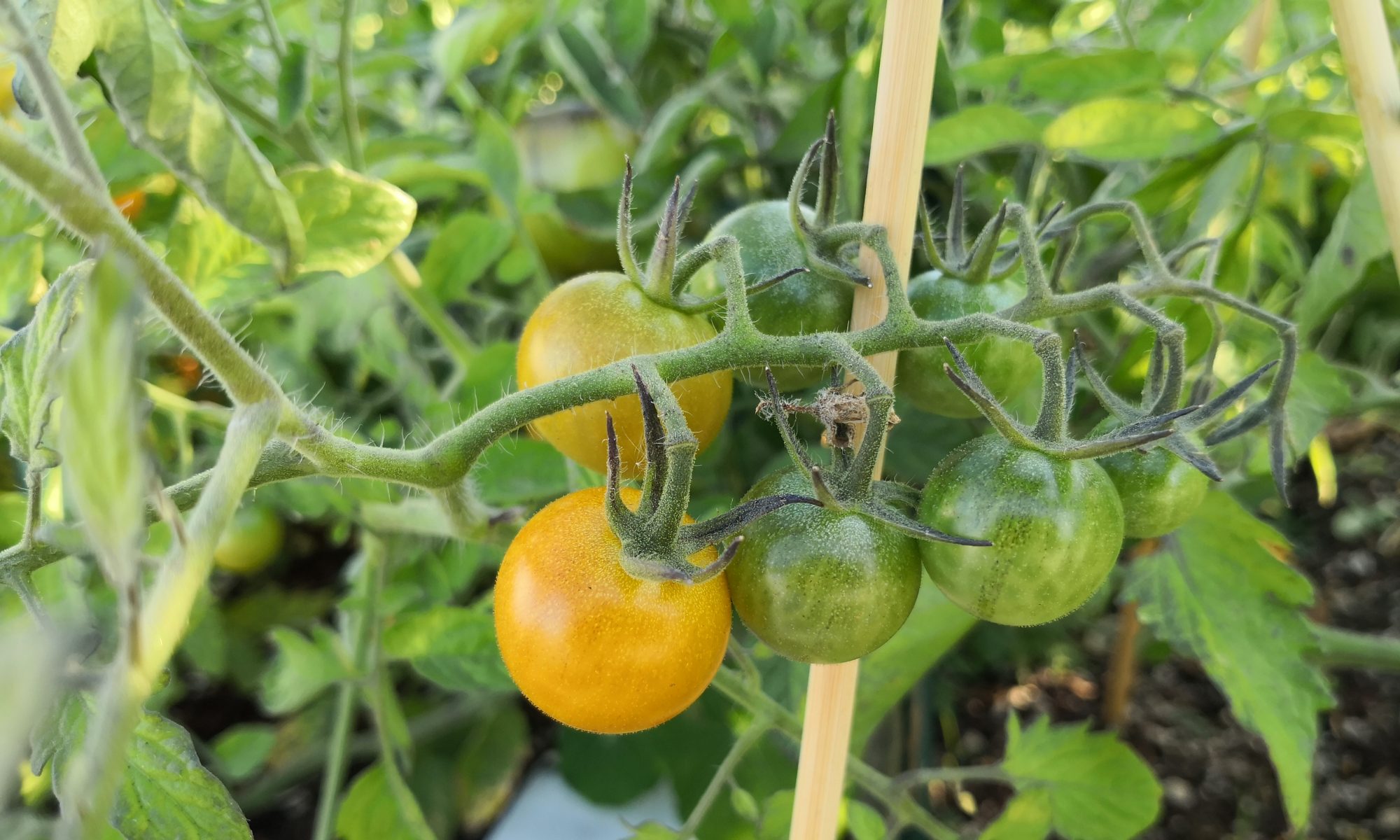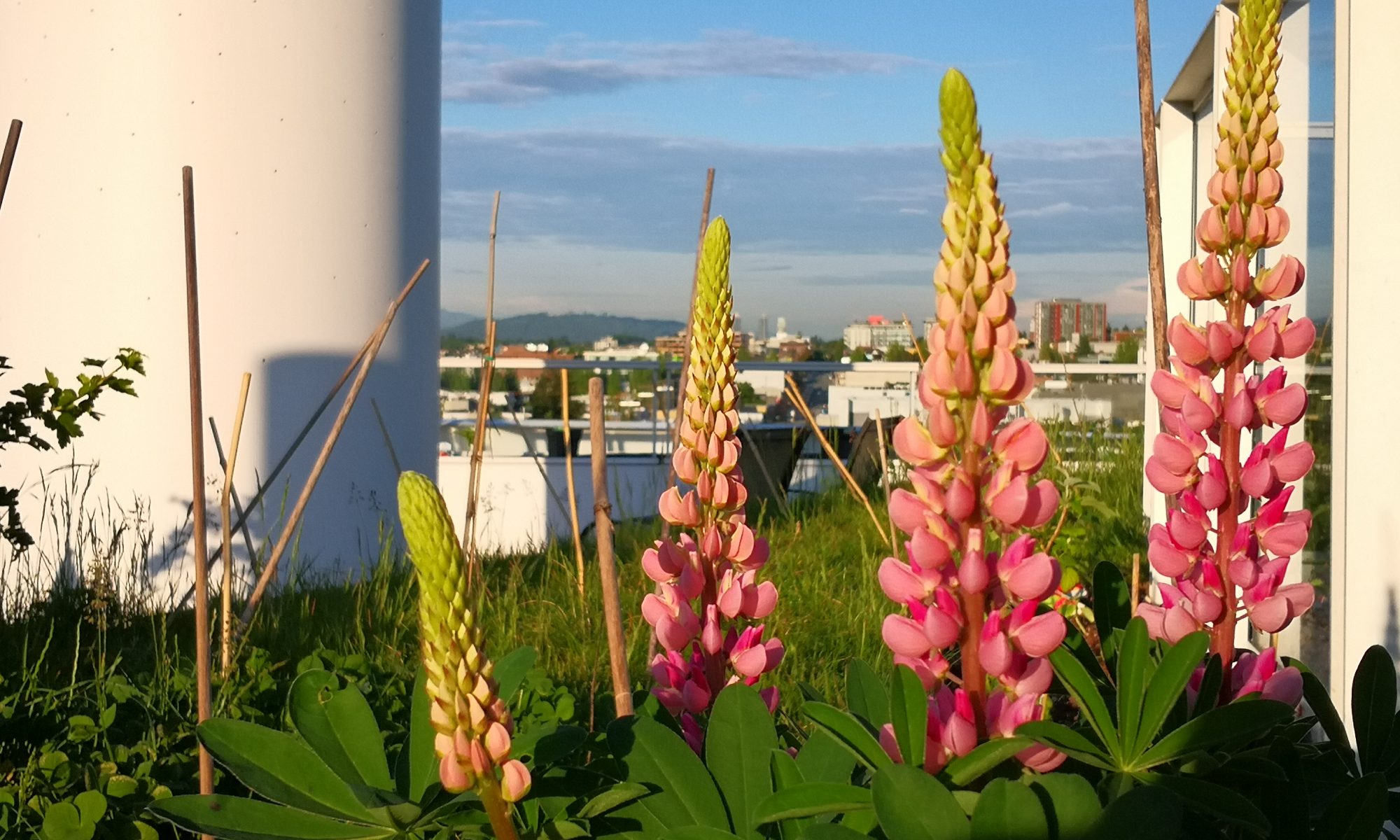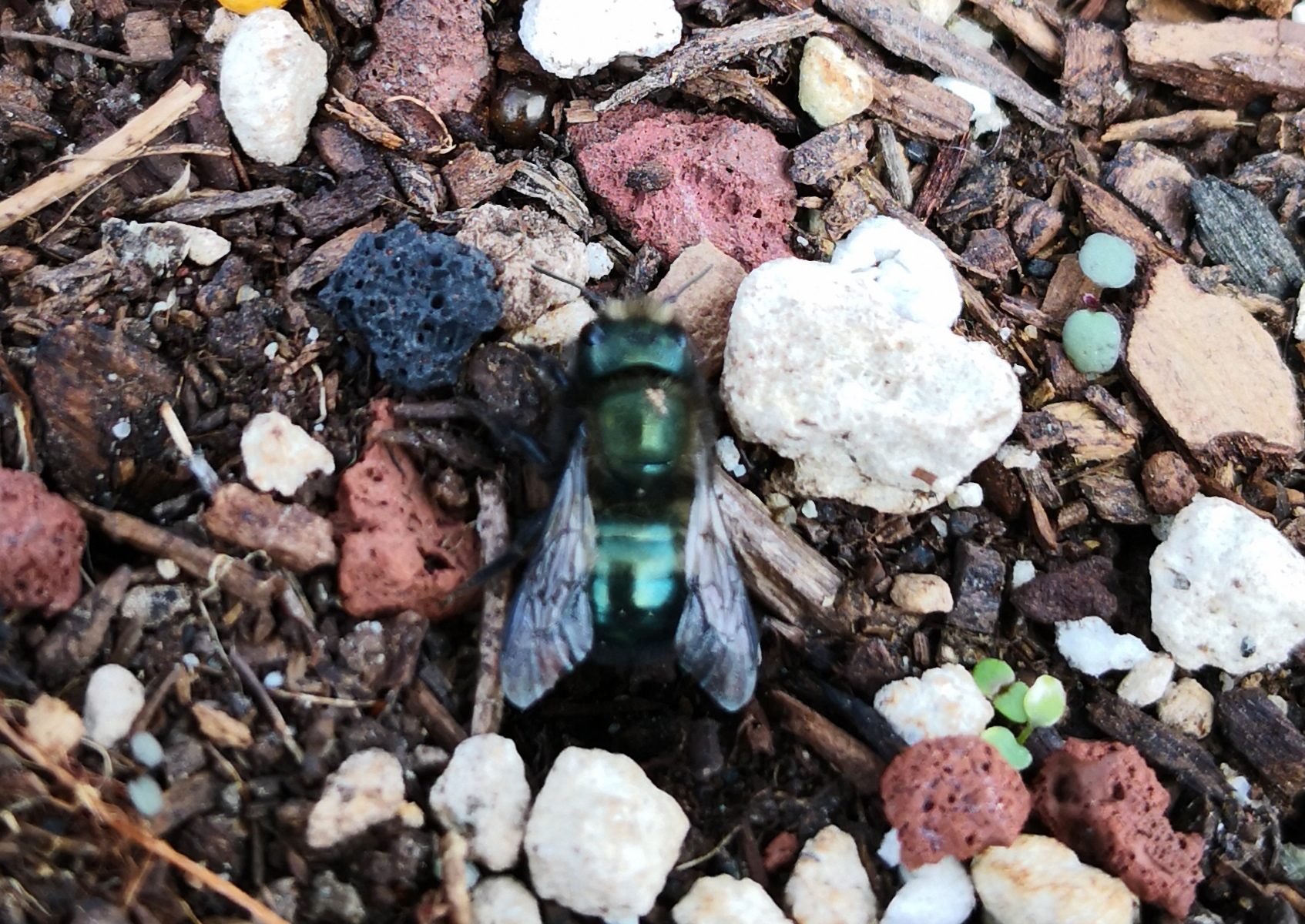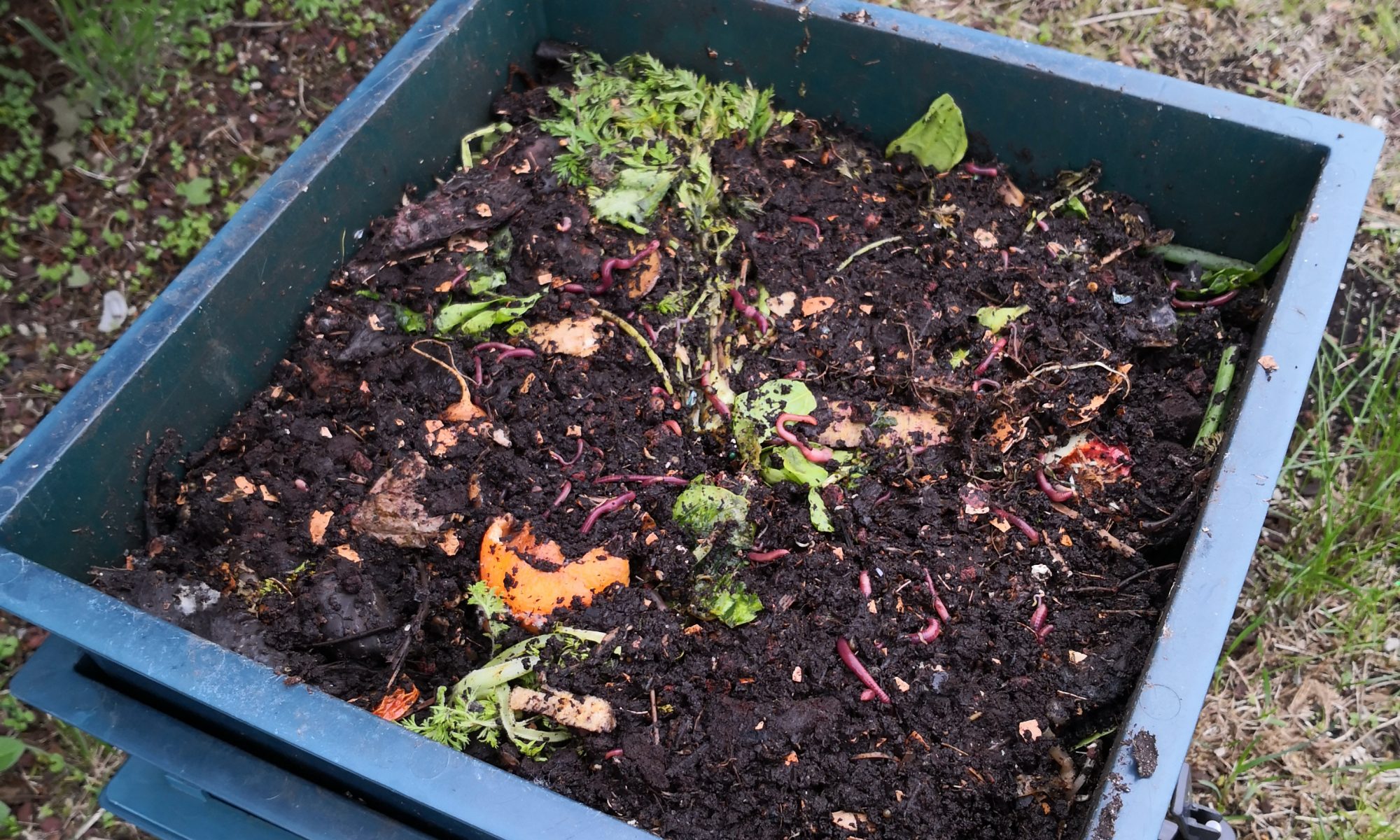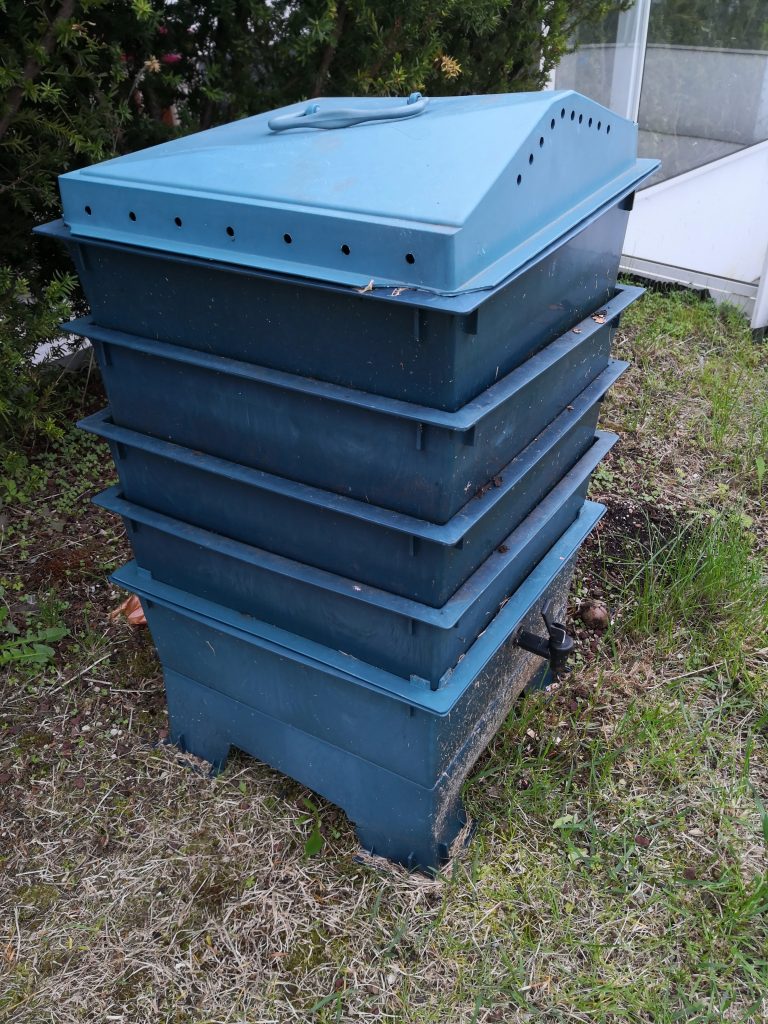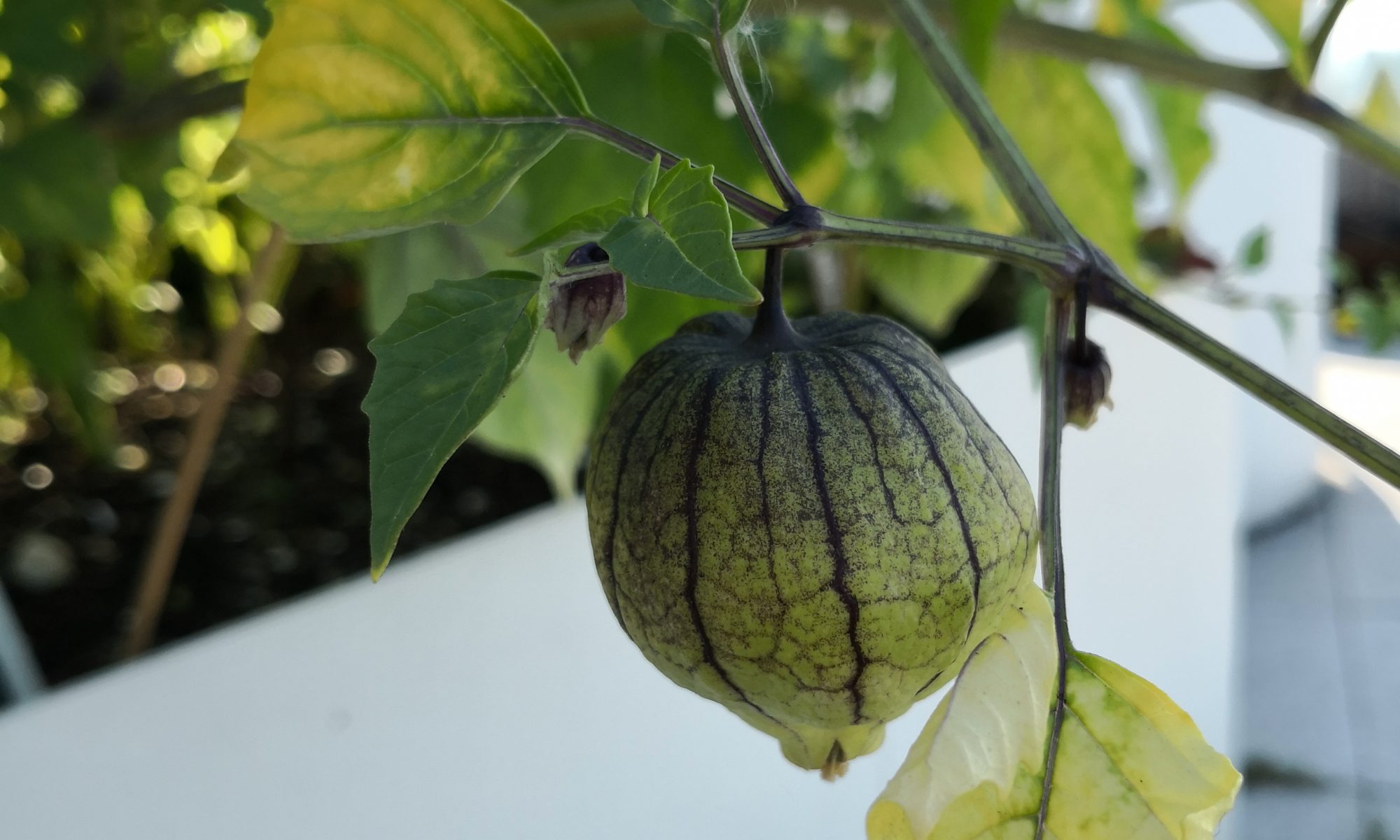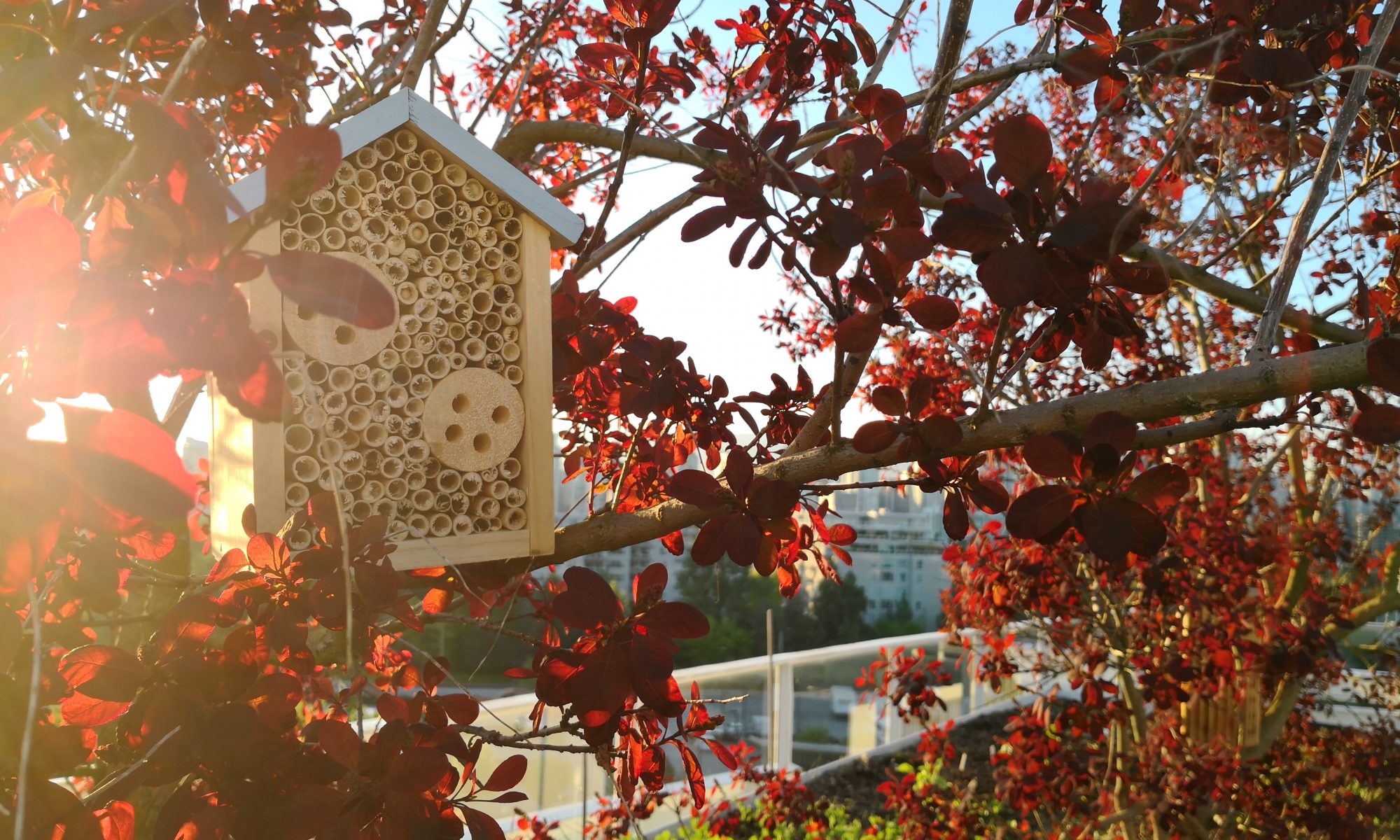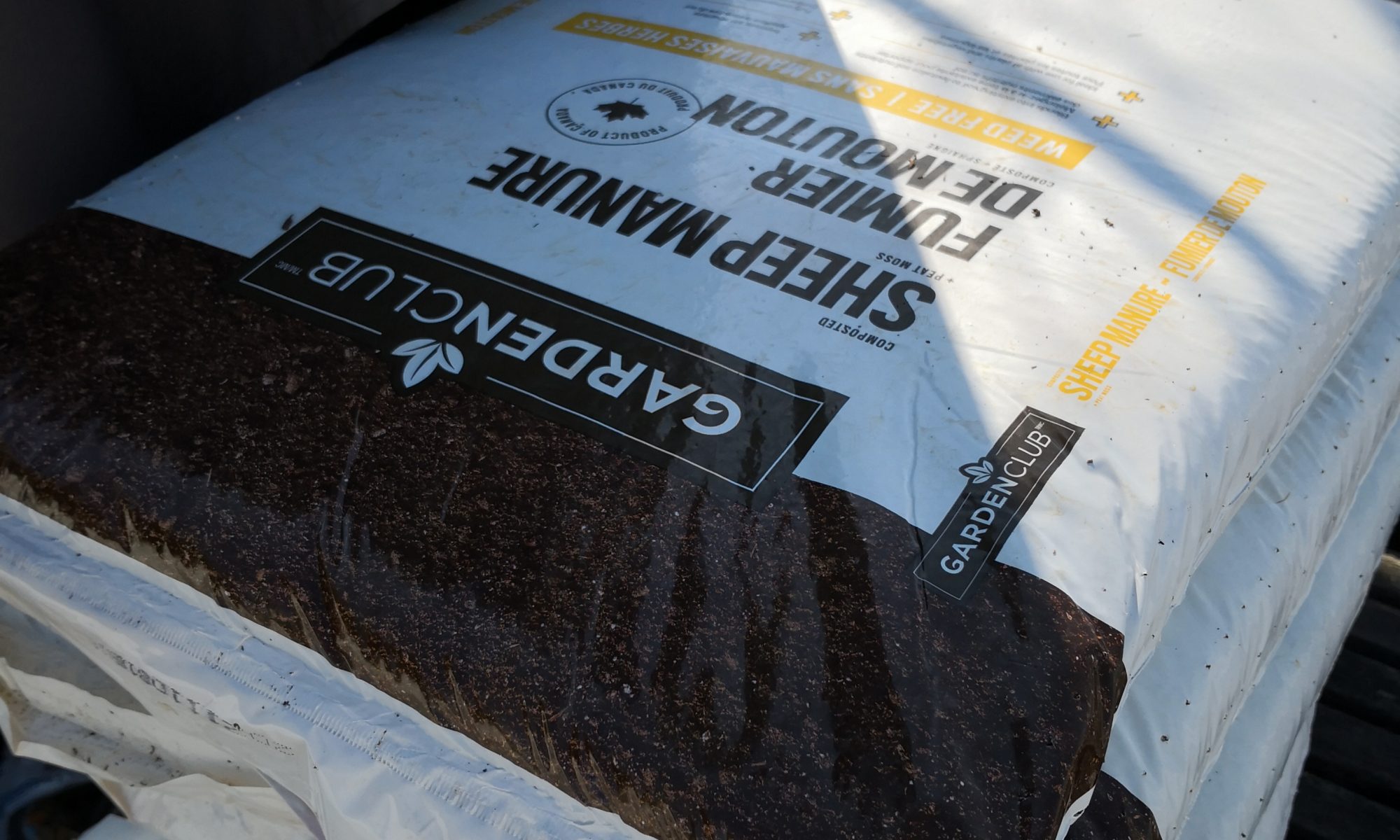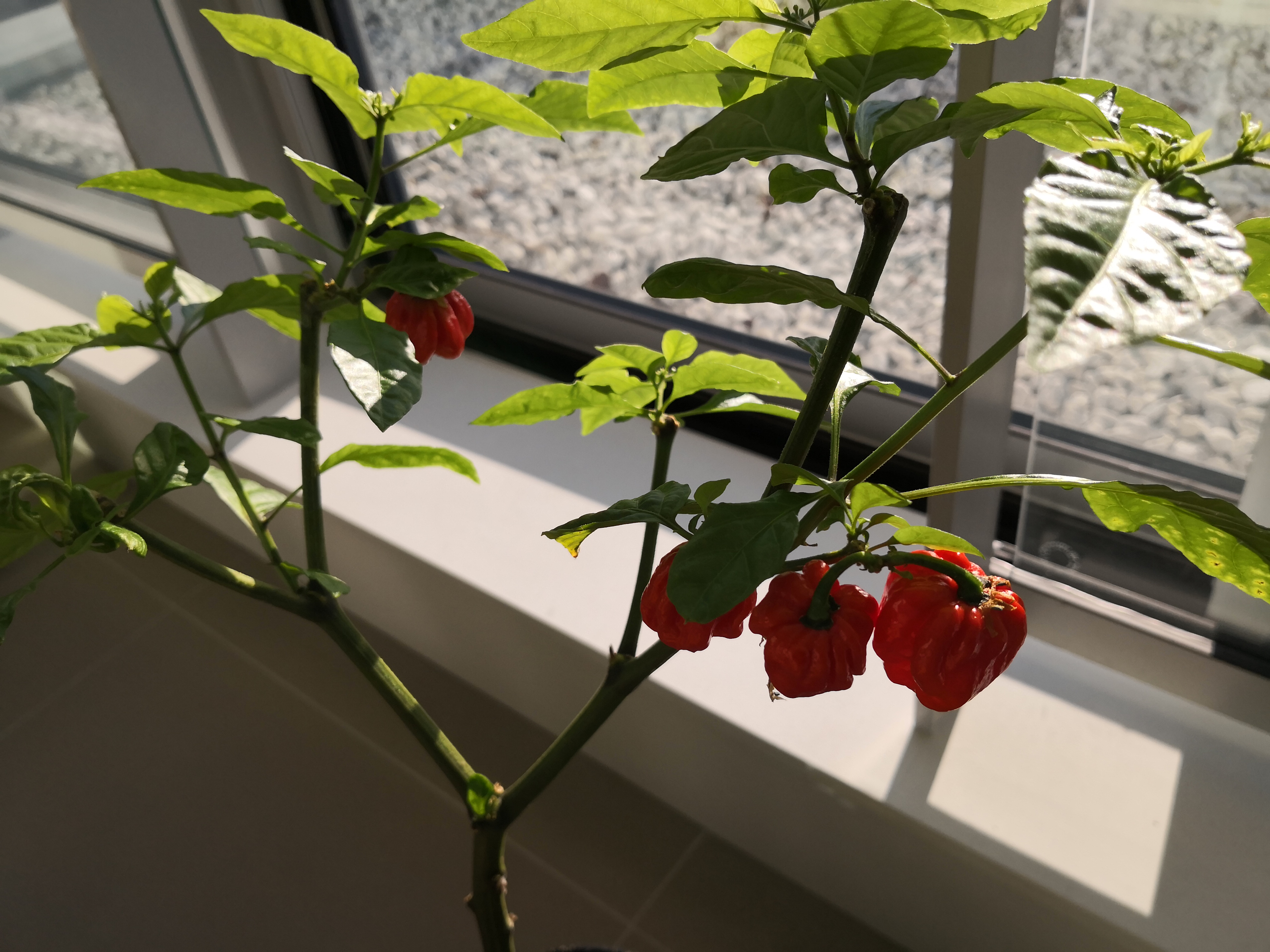Buy tomatillo seeds – US
Buy tomatillo seeds – Canada
Salsa verde. That’s why I tried tomatillos for the first time about 5 years ago. Little did I know how easy they would be to grow in Vancouver, and how much fruit they would produce.
For those not aware, salsa verde is, as it’s name would suggest, the base for the green salsa you often see at Mexican restaurants. The fruit itself is related to tomatoes, though smaller, and surrounded in a papery husk like the orange chinese lantern plants you see for sale around Halloween. In fact, the two are related.
Tomatillos are firm, with a texture that reminds me of watermelon (vs tomatoes), with seeds much smaller than those found in a tomato. I’ve grown both all-green varieties, as well as some that start green and color up to purple as they mature. Flavor-wise I find them to be tart and not very appealing raw.
The plants themselves are fast growing and tall. As such they require staking, or a tomato cage to deal with winds, especially on a rooftop. To be honest, the staking & cage is probably a smart move regardless as the abundance of fruit can lead to branches breaking. I’ve found them to be reliably upright, with the exception of the occasional long branch that makes a horizontal run. Again, in my experience this has been driven by fruit load more than natural growth.
Tomatillos are quite thirsty. This may reflect the poor quality and quick-draining ‘soil’ we have, but regardless in the peak of the summer we watered regularly and deeply. The roots seem to anchor the plants well and I don’t recall any having been uprooted before their time. The stems are not woody, but they are robust. One word of caution is to ensure that whatever method is used to stake the plants does allows for adjustment as the stem and branches grow. Flowers are small and yellow with black patterns and the bees seem to love them. Husk develop first with the fruit trailing and eventually filling the available space. Ripe fruit are easy to identify as they fill the husk to the point of tearing.
Picking is straightforward, though the fruit inside the husk is sticky and will need to be washed before eating. If the husk hasn’t torn, the fruit can be kept for some time before using them. Personally, I harvest in batches and either blend with peppers etc for salsa, or I clean, chop and freeze for use in winter chili.
Each fall I take the plants, remove any remaining underdeveloped fruit and deposit them in the compost bin, then chop the plants and dig them into the soil. By spring they’re gone. will self seed the following spring to the point that I’m contemplating not purchasing seeds or starts this year, and just transplanting the eventual seedlings into orderly rows.
Buy tomatillo seeds – US
Buy tomatillo seeds – Canada

